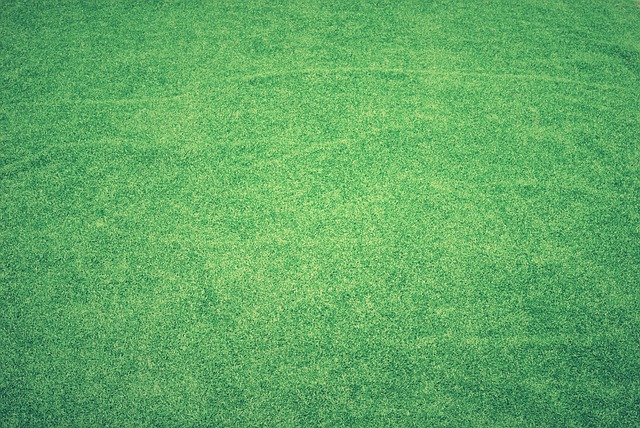Apparently around 10% of gardens contain plastic grass now. Strange that we have happily got rid of plastic bags in shops, only to cover our lawns with them!
Unfortunately, it’s an ecological disaster. As the Society for Garden Designers says: “Not only do these products contribute to habitat loss; they also cause plastic pollution, destroy living soil, leak microplastics into waterways, cause flooding, contribute to urban heat islands due to the amount of heat they retain and contribute to greenhouse gas emissions in their production.”
A damning summary. For more details, please see this leaflet from the SGD. In addition, they also need more brushing and cleaning than a patio – if there are pets that use it, then this becomes a weekly task.
For alternatives here are some ideas (also from the SGD):
- Grass – a traditional lawn is sustainable (mow with electric mower) good for nature, safe for animals and children
- Clover – a very good drought-tolerant alternative to grass. No need to mow or water, stays green all year round and has bee-friendly flowers all summer
- Chamomile – also needs less attention than grass, helps improve the soil and attracts pollinators
- A ‘tapestry lawn’ – a mix of low-growing flowering plants. Low maintenance, very attractive to look at.
- For a hard-wearing sports surface, use Pratia pedunculata – an evergreen plant that has white flowers in spring and summer, but is low-growing and will take even deep shade.
© Alister Thorpe

